Retail spending in the ACT has hit record highs in August, despite the pandemic. Photo: File.
Retail spending in the ACT has hit record highs, in contrast to a 4 per cent nationwide downturn, new data from the Australian Bureau of Statistics shows.
Despite the pandemic, ACT retail spending rose 0.7 per cent in August – putting it 15 per cent higher than a year ago – at more than $590 million. This is up almost $5 million from July’s figures.
However, the impact the higher spending and firm consumer confidence will have on the ACT budget will not be known until after the 17 October election.
ACT Treasury said the budget forecasts would be reassessed by the incoming government.
“The implications of the recent retail trade data and other economic data will be considered by the incoming government following the election as part of the development of the 2020-21 Budget,” an ACT Government spokesperson told Region Media.
An economic and fiscal update and ACT budget position was released in August, but a full budget was not delivered this year due to the postponement of the Federal Budget from May until October.
Canberra appears to be in a stronger economic position than most of the nation as the two Territory’s were the only Australian jurisdictions to buck the downwards trend. The Northern Territory was the strongest performer, recording a 2 per cent increase in spending.

The 2020-21 budget will not be held until after the ACT election. Photo: Region Media.
Spending has mainly been boosted by government payments, superannuation withdrawals and travel restrictions in jurisdictions like the ACT where COVID-19 measures have been less restrictive, CommSec research shows.
Weak retail trade – which does not include petrol or car sales – may point to a slowing economy, CommSec Senior Economist Ryan Felsman said.
The ACT has managed to weather the worst of the COVID-19 storm so far due to a strong public sector and relatively low case numbers.
In July, the ACT’s unemployment rate hit 4.6 per cent, up from 3 per cent in April, which was significantly lower than the headline national unemployment rate of 6.8 per cent.
The ACT’s unemployment rate peaked at 5.1 per cent in June, up from 2.9 per cent in February, compared to the national average peaking at 7.5 per cent in July.





















